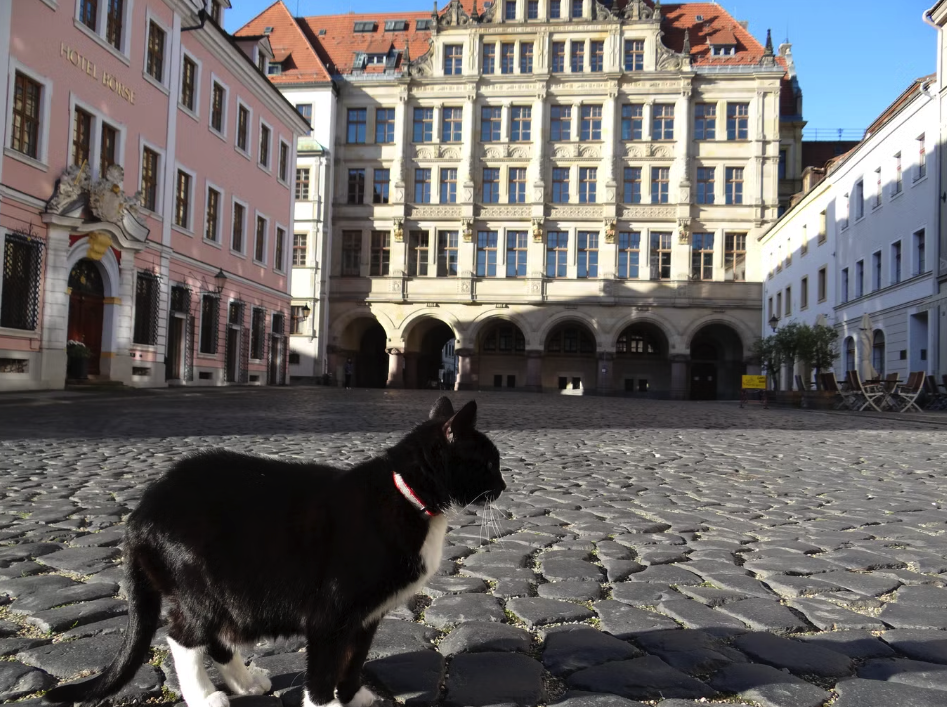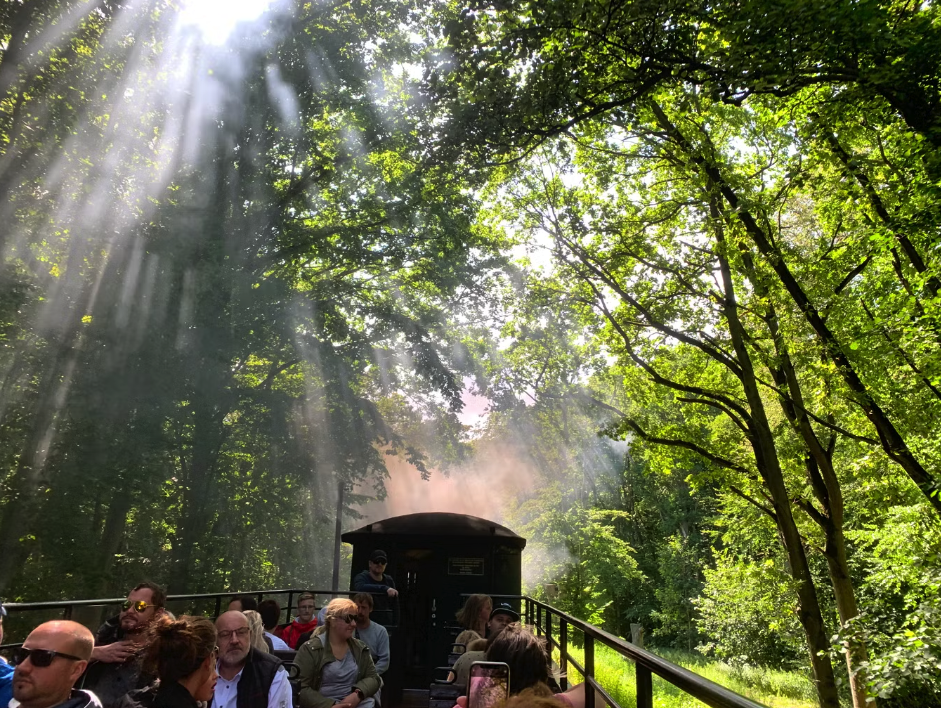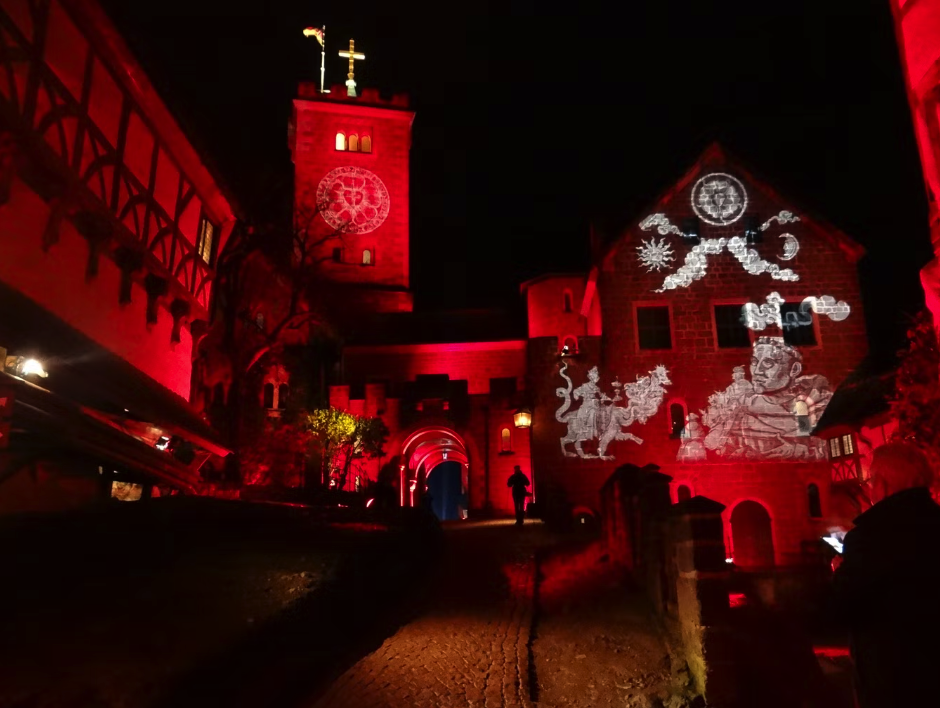[ad_1]

I do love a good train journey, and in Germany they’re pretty darn good. Super-efficient Deutsche Bahn stretches its tentacles from stadt to strand – and now it’s about to be dirt cheap, too, with a €49-a-month ticket on the horizon, slated to launch some time early next year.
Having tried the experimental €9-a-month ticket this summer, I would readily go back for the €49er to revisit some favourite corners that are otherwise hard to reach. Personally, I’m not bothered that this unlimited monthly pass will only include regional trains, not intercity expresses, because it’s the regions I’m interested in. And I want to savour passing landscapes at a gentle trot, not have them whizz past in a blur.
With that in mind, I’ve worked out what would be the ideal German train circuit, to be completed in around a week.

I’d start from Cologne (the entry hub for Eurostar-connected trains from Brussels) and dip south to Koblenz where you can change to the rambling Moselle line and end up in Traben-Trarbach (three hours, two changes). The Moselle is like the Rhine, complete with castles on hilltops and with steep banks quilted with vineyards, but on a far more intimate scale. The railway crisscrosses the river, threading together winemaker villages such as Traben-Trarbach, where I’d stay in the art nouveau Hotel Bellevue by the river (doubles from £125; bellevue-hotel.de) If the weather was kind, I’d cycle along the riverbank and walk the vineyard trails.
From here, I’d retrace my steps to Koblenz, then wind through the Unesco-recognised Rhine gorge south to Mainz, before transitting Frankfurt and heading cross-country to Eisenach (seven hours, three changes) in the former east. This handsome town is set in a bucolic, forested river valley where wild boar roam, and is the location of the Wartburg, a spectacular, part-Romanesque castle which rises on a hilltop out of the Thuringian Forest. Protestant reformer Martin Luther hid from his enemies here in a wood-panelled room, and you too can stay up above the forest in the Romantik Hotel auf der Wartburg, which clings to the castle walls (doubles from £234; wartburghotel.de).
From Eisenach it’s a straightforward journey eastwards to Dresden (4.5 hours, one change), nicknamed the Florence of the Elbe thanks in part to paintings of the riverside city by Canaletto. It’s a place of immense culture with a fabulous old town, painstakingly rebuilt following obliteration by Allied bombs in World War II. The teapot-shaped Frauenkirche hosts regular concerts, there are galleries of Masters Old and New, and stately ancient paddlesteamers flap-flap up and down the rive Elbe. Stay opposite the Frauenkirche in the Dresden Townhouse (doubles from £114; vagabondclub.com).
From Dresden there’s one further step east I would make, cross-country to where Görlitz straddles the Polish border (1.5 hours, direct). Preserved partly by virtue of its remoteness, this immaculate little town is a film director’s paradise. The likes of the Book Thief and Grand Budapest Hotel were made here, and such is the constant throughput of film and television crews that the town has been nicknamed Görlywood. Stay the night in this unexpectedly cinematic bolthole by booking a stay at the Hotel Börse (doubles from £108; boerse-goerlitz.de).
Having gone as far east as is possible, it’s time to head north. A long day on the train (10 hours, six changes, or with a half-way break with an overnight stay in good old Berlin) would take me up to Germany’s Baltic coast.

In the old days when it was trains, not planes, that took people on beach holidays, the Baltic shore was the favoured retreat, initially of the aristocracy, then the Communist elite. In particular, they liked the (causeway-connected) island of Rügen, where the traditional resort of Binz still looks as it did in the 1920s. There are villas of distinctive Bäder architecture, a mix of art nouveau and Long Island clapperboard with ornate wooden balconies and rooftop octagons, plus spa hotel the Kurhaus Binz with a proper ballroom (doubles from £133; travelcharme.com). The beach here is magnificent, six miles of immaculate sand, and if it’s a bit chilly for swimming then there’s always the Raging Roland, a period steam train which runs along from resort to resort, weaving through patches of forest (fare also included in the €49 ticket).
From Binz, I’m starting back to Cologne – but first with an overnight in Hamburg (4.5 hours, one change) to visit Miniatur Wunderland, a model railway housed in an old spice warehouse in the port that has become phenomenally successful. And before you demur that model railways are not your thing, this one really is something special: the layout is divided into whole miniaturised nations, it has an airport with real life departures, special lighting for different times of day, and surreal touches of quite un-Germanic humour. Stay near the Hauptbahnhof at Hotel Wedina (doubles from £137; hotelwedina.de).

The return to Cologne crosses the heathery Luneberg Heath and eventually winds through the Rühr, the nation’s industrial powerhouse, a fascinating place of smokestacks and slag heaps. If the journey seems too long (seven hours, three changes) there’s a delightful half-timbered town, Celle, halfway across, with a lovely hotel, the Fürstenhof – very well priced given that it has five stars (doubles from £133).
Travel essentials
For international train travel go to trainline.com, and for domestic travel within Germany, see bahn.com.
[ad_2]

